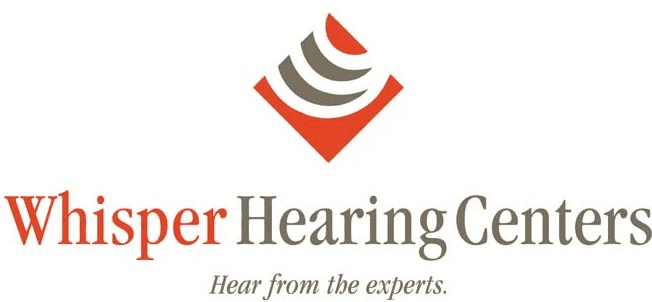
Nothing Beats Prevention
Hearing loss impacts many more people than most people assume. It is an invisible disability, meaning you cannot see that someone suffers from hearing loss simply by looking at them. And it is, in fact, rare that someone is born with congenital hearing loss. This happens in less than three out of every 1,000 births in the U.S..
More than 13% of the U.S. population, however, lives with some detectable degree of hearing loss. It is impossible to know the exact numbers, but this represents somewhere between 35-45 million Americans. This exact number is impossible to know because hearing loss comes on gradually as a result of habitual proximity to dangerous noise levels.
As with every aspect of one’s health, adopting healthy habits to prevent the onset of the problem is obviously the most effective way to fight it. With proper treatment hearing loss is manageable, and should impact one’s life no more than wearing eyeglasses does. But it is important to keep in mind that hearing loss is permanent and irreversible, so understanding how to prevent it is imperative.
And the core of this is understanding the limits of healthy noise exposure in professional, recreational, and everyday settings.
Workplace Risks
The National Institute for Occupational Health and Safety (NIOSH) has established recommendations for noise exposure in the workplace. These recommendations are helpful beyond the workplace as well.
Assuming that a worker spends eight hours a day, on average, at work, NIOSH warns that ongoing exposure to sound levels 85 decibels or above poses a danger. But this guideline assumes that the worker’s hours outside of work are all in quiet environments. Continuous exposure to 85 decibels at work would make any time outside of work in loud environments even more dangerous.
The ratios between volume and time exposed are not simple to understand because decibels are measured logarithmically. So, for example, consider that a difference of plus or minus 3 dB means doubling or halving the acceptable exposure time. This means that if an environment is 88 dB, the safe exposure time is cut in half, and four hours poses the same risk as eight hours exposed to 85 dB. But if the environment is 82 dB, it would take 16 hours to represent the same risk. Once a sound reaches 100 dB, exposure for any more than 15 minutes is extremely dangerous.
Everywhere Else
The riskiest industries such as construction, factories, and airports all follow clear guidelines to mitigate their risks.
Time limits are imposed. Appropriate protective gear is mandatory. And the sources of the loudest volumes are isolated as best as possible. But noise is ubiquitous. Crowded restaurants and nightclubs, roaring sporting events and concerts, and blaring movie theaters are all examples of common recreational activities that pose potential risks. But even at home on one’s own, listening to your earbuds too loudly or playing video games also cause real damage.
Hearing loss comes on so gradually, it is practically impossible to recognize that it is happening, so people adapt to their diminishing sense of hearing and normalize new standards. You have to turn the television up louder for it to sound as loud as it did before, right?
This is why awareness of the risks and adopting healthy habits is so important. Be conscious to limit your time participating in risky habits, such as using your power tools or listening to your earbuds.
Hearing Health is a Cornerstone of Overall Health
Hearing loss impacts people from all walks of life. Left untreated, its consequences will unravel leading to social withdrawal, isolation and depression. Such powerful, negative side effects compound to cause a sense of powerlessness and disorientation.
But none of that is necessary. With appropriate awareness, treatment, and upkeep, it is perfectly simple to live a completely fulfilled life. Take the responsibility to know every detail of the hearing health habits specific to your lifestyle and maintain them with vigilance. And be sure to get an annual exam. You get a physical each year and you see the dentist. Why wouldn’t your hearing deserve the same attentiveness? There is no more accurate way to objectively gauge the exact condition of your hearing health. Make an appointment today to take the next steps on your journey of health and fulfillment.
